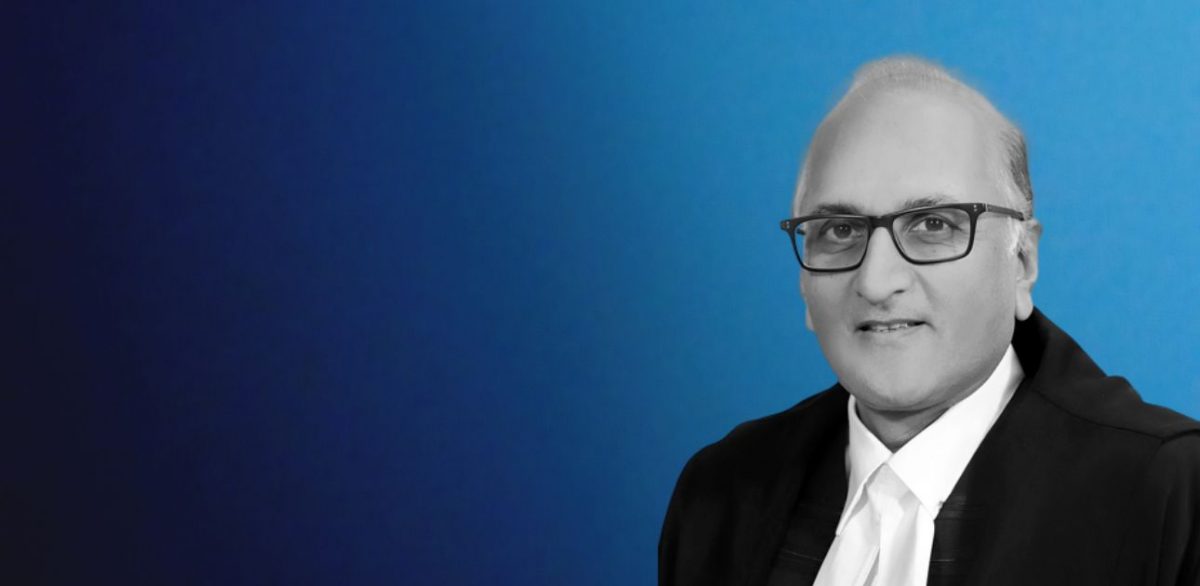The full strength of the Supreme Court, grappling with overwhelming pendency, is 34 judges. Currently, it has 31. Retirement of a judge always provides the court an opportunity to become more diverse and inclusive.
—
WITH the retirement of Justice S. Ravindra Bhat last week, the number of vacancies in the Supreme Court has risen to three.
The earliest of the three vacancies was caused by the retirement of Justice V. Ramasubramnaian as far back as June 29 this year.
The Supreme Court has a sanctioned strength of thirty-four judges and is presently functioning with thirty-one judges.
In the last round of appointments, on July 5 this year, the Supreme Court Collegium comprising Chief Justice of India (CJI) D.Y. Chandrachud and Justices Sanjay Kishan Kaul, Sanjeev Khanna, B.R. Gavai and Surya Kant had recommended the names of the then Chief Justice of the Telangana High Court Justice Ujjal Bhuyan and the then Chief Justice of the Kerala High Court Justice S.V. Bhatti.
At the time, there were a total of three vacancies in the Supreme Court, but the Collegium chose to fill only two.
With the impending retirement of the senior-most judge Justice Kaul on December 25, the composition of the collegium will also change with Justice Aniruddha Bose becoming a member of the collegium by virtue of seniority till his retirement on April 10 next year.
Since Dr Chandrachud’s elevation to the position of the CJI, the Supreme Court has seen appointments of twelve judges. Of them, Justice Dipankar Datta’s name was recommended by a collegium headed by the current CJI Dr Chandrachud’s predecessor, Justice U.U. Lalit.
Earlier this year, the CJI Dr Chandrachud, while speaking at an event, said there could not be any justification for the collegium to keep even a single vacancy unfilled in the Supreme Court. He had announced involving the Centre for Research and Planning (CRP), the in-house think tank of the Supreme Court, in the process of preparing a list of probables for future appointments to the court.
The collegium, while recommending the names for judgeship, takes into consideration the seniority of chief justices and senior puisne judges in their parent high courts as well as overall seniority of the high court judges; the merit, performance and integrity of the judges under consideration and the need to ensure diversity and inclusion in the Supreme Court.


